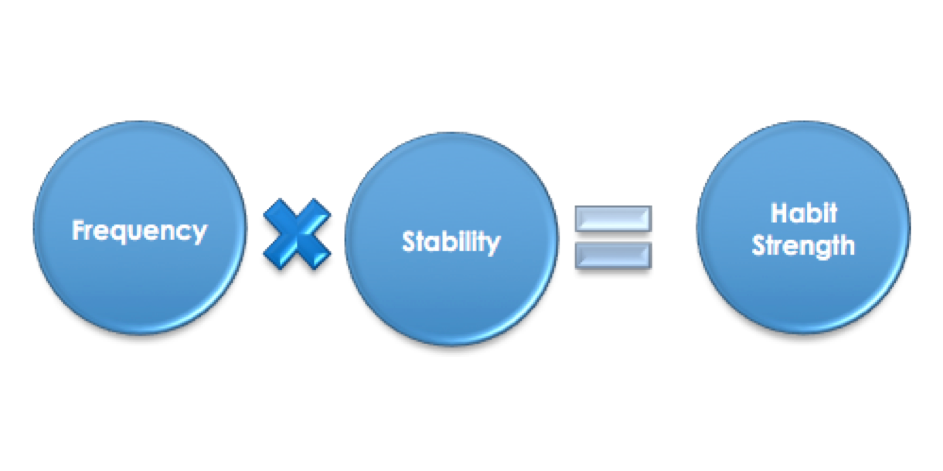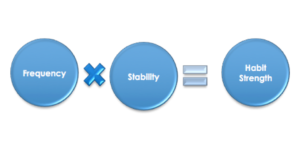Behavioral segmentation is the practice of segmenting your customers based on what they do. I wrote previously about the basics of behavioral segmentation. During the last year, I’ve been putting it into practice through a customer segmentation project with a CASC business partner. Today I’d like to share with you some of the lessons I’ve learned through that experience.
NOT Just an Analytics Exercise
Behavioral segmentation has the advantage of revealing segments of similarly behaved consumers that you may not have thought of previously. It requires a lot of data crunching. There is no doubt about that. However, it is important to remember that behavioral segmentation is not entirely an exercise in numbers. If data crunching is all that you do, you risk creating segments that either are based on artificial or fake relationships or are not very actionable from a target marketing perspective.
Successful behavioral segmentation should be a collaborative exercise between your analytics team and those who have a good grasp of your business and your customers. The latter are most likely found in your marketing or sales department. The process of behavioral segmentation should be developed as an iterative process that goes back and forth between analytics and marketing. The analytics team should start by understanding from the marketing team the purpose of the segmentation exercise, the observed behaviors at hand, and the capability of marketing to implement behavioral segmentation insights. Based on this initial information, the analytics team can produce an initial set of behavioral segments based on customer data.
This initial segmentation scheme should be presented to the marketing team both to make sense of the results and to see if meaningful actions can be taken to target each segment. The input from the marketing team is then fed back to the next round of data crunching to adjust the segmentation focus and approach. This process is repeated until both sides are satisfied with a meaningful set of segments to be implemented in practice.
Continue reading “Pointers on Behavioral Segmentation”

